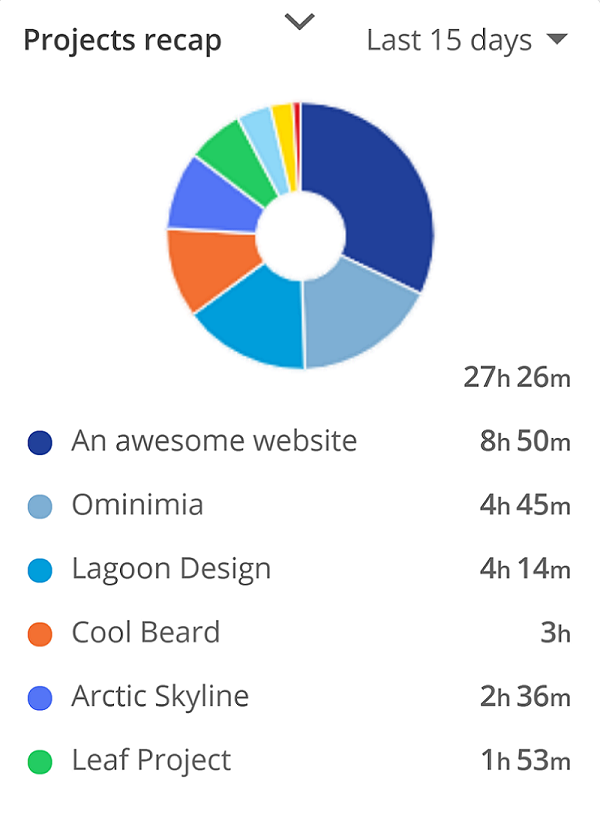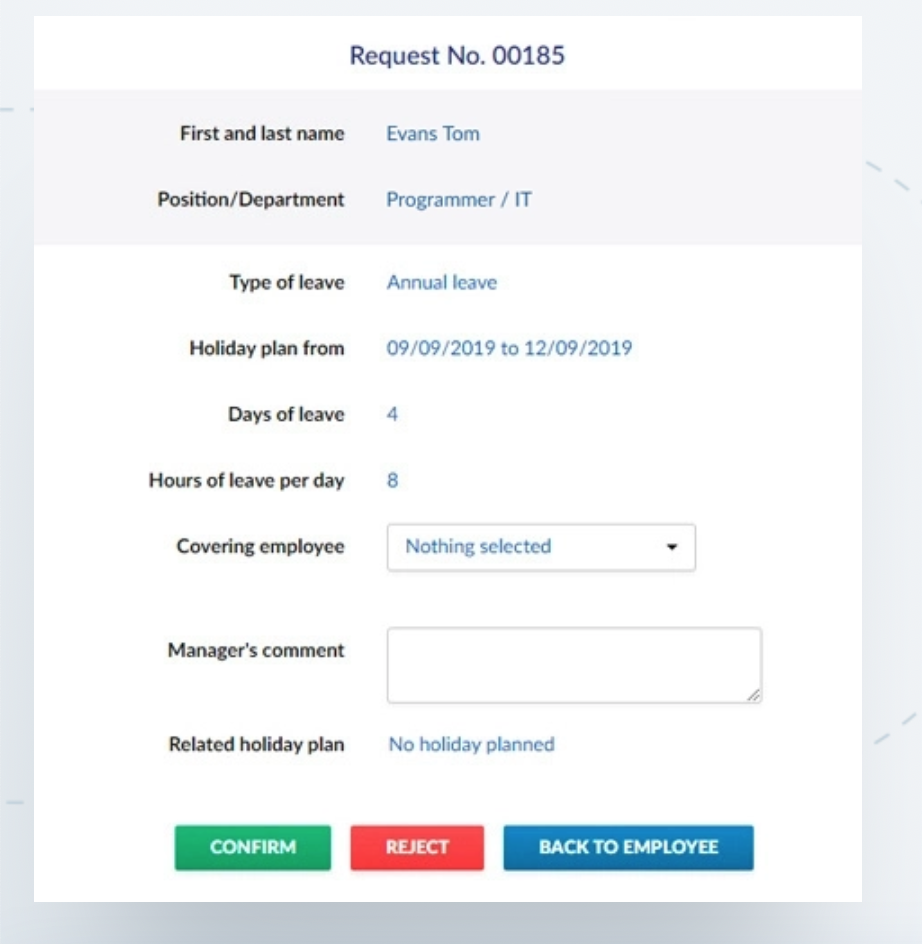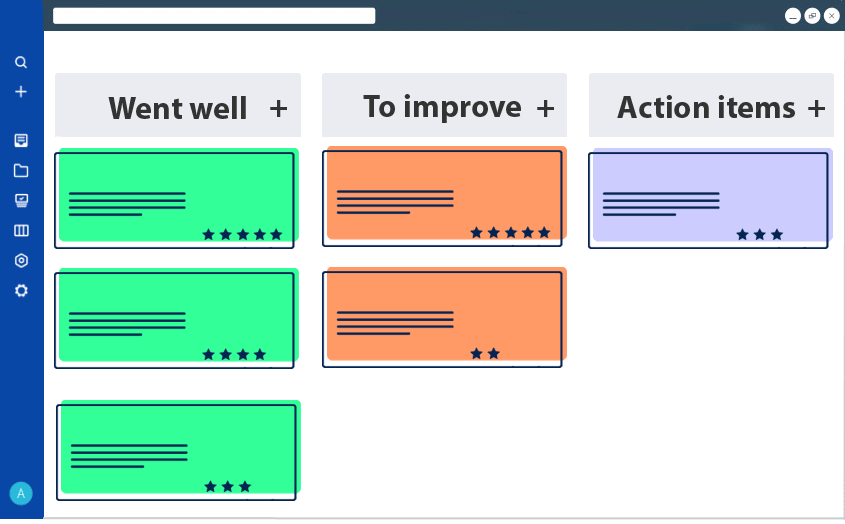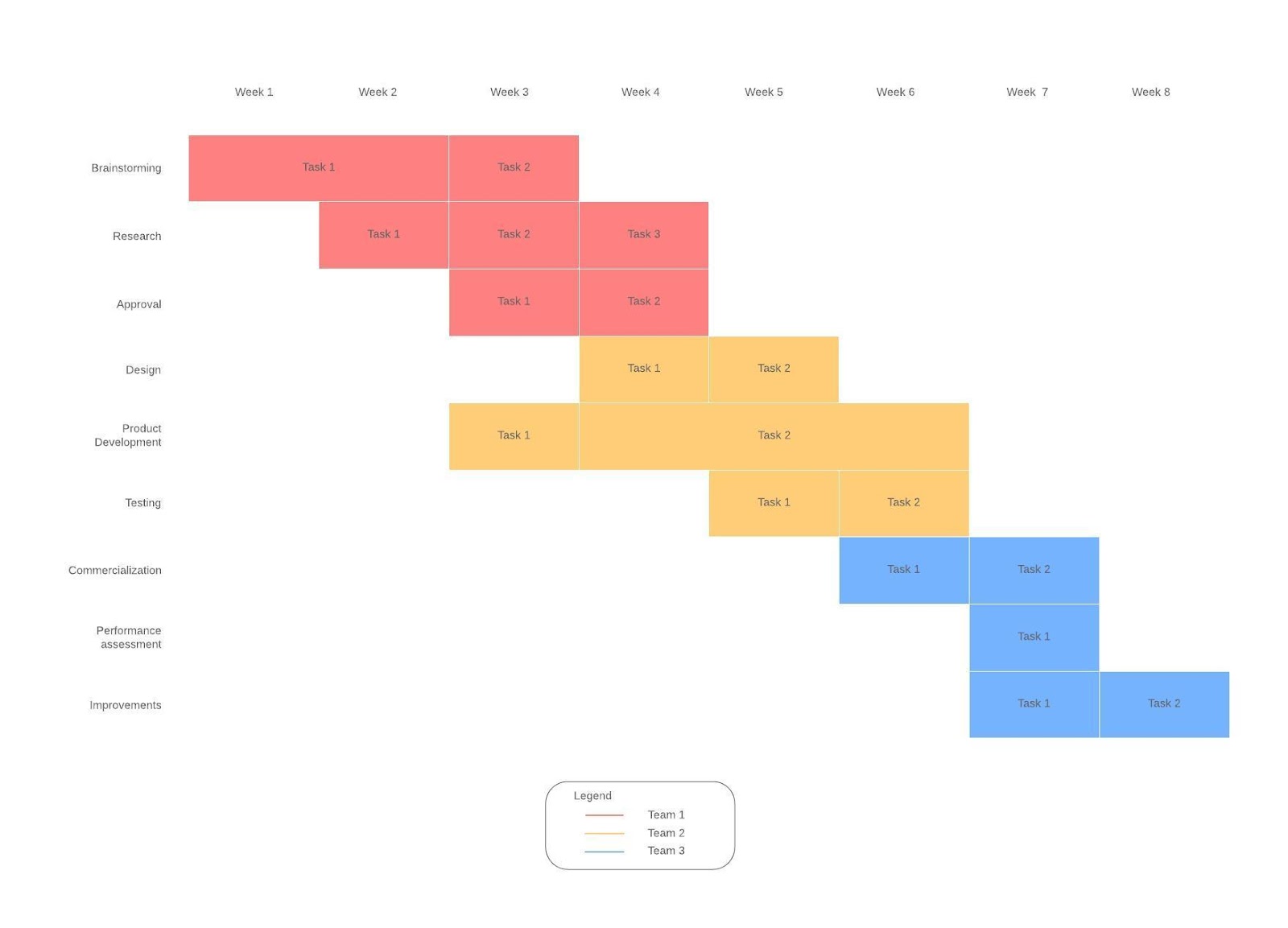From Chaos to Success: How to Use Microsoft Teams to manage projects
Project management is hard, but with the right tools, it's more manageable. See how to use MS Teams for project management, in combination with...


Having worked remotely for over 5 years, I have acquired certain routines to plan and implement projects faster.
During this time, I have gone through many trials and errors, testing out various approaches to project management. While some of them worked, others weren’t very effective.
In this article, I want to share with you those that have worked out, making it easier for me to manage complex projects working from any place in the world. Let’s see what routines and practices you can apply to your work as well!
Working remotely means trusting your team in terms of doing the work when no one is supervising you.
Tracking time and describing tasks in detail is one of the ways to structure your work better and let your team know what you are on this week. Time-tracking is also a good practice to improve accountability not only with the management, but with yourself. That’s why it’s worth applying effective time management techniques to get work done on time.
It’s worth tracking time to know how you spend it – if you learn that some simple tasks take you too long to finish, it should encourage you to think of the reasons. So how can you find out about the tasks that eat your time?
For example, you could build timesheets in the form of a pie chart that visualizes how team members spend their time with a breakdown of tasks.

Source: Timeneye
With tools such as Timeneye, you can make these reports with just a few clicks, filtering what really matters.
During office meetings, everyone usually takes some notes and key takeaways to keep track of the agenda.
When having regular online calls, you’d have to do the same. After every meeting, you would end up with a list of tasks that you have to coordinate with the rest of the team. You would then head off to a project management software, describe tasks, and assign them to the right people. But what if you could do it right from your task list that you make during the call?
For example, tools like Chanty help you assign a task to a person, while you have a chat conversation with your team members or post a task list on a shared channel. This way, you can easily assign tasks to the right team members. It helps cut time on creating tasks, keeping track of them, and making sure all responsibilities stay with the right people.
Source: Chanty
In a remote environment, it’s worth over-communicating everything – starting with your opinion on a certain matter and finishing on tasks that you assign to team members or freelance professionals.
Often, 1-on-1 shorter calls are more effective than long team meetings where everyone is involved in the discussion. By organizing ad hoc 1-on-1 calls with your colleagues, you can coordinate work and understand each other better. That also applies to specialists working on the same project together and is not only reserved for managers.
In a remote environment, you would normally spend quite a bit of time communicating what needs to be done, writing task descriptions, and answering questions if something is not clear. In most cases, the communication part of your remote work can take longer than when done from the office.
The good news is you can automate a lot of communication with task workflows. It won’t substitute quality conversations with your team, but it can make coordinating task assignments much easier. As a bonus, you don’t have to worry if someone forgets to hand over a task or what to do with it once completed.
As in any organization, you have specific processes and procedures in place.
Take vacations and sick leaves tracking as an example! Instead of asking your colleagues to send an email with a request for a holiday, you can automate it with tools that make this process much easier, also, in terms of approval workflow. Once a holiday request is submitted, the right person receives a notification for approval. Once approved, an accountant receives a notification as well.

A visualization of the approval process
Source: HR Nest
By running retrospectives, you can get the team to evaluate the project results better, understand strengths and weaknesses in execution, and get a clear vision on how to improve the process next time.
Retrospectives create the environment for sharing feedback. There are multiple tools that make collecting feedback easier when working remotely and help you prepare, run, and boost your productivity with retrospective sessions. However, if you prefer to use Trello or another tool, feel free to do so. Here is what you need to get started.
Here is what this board looks like in practice.

Source: Team Mood
When working on collecting feedback and converting them into action items, don’t just stick with the traditional format. Instead, bring out the creative project manager hidden inside you. Be creative, align small rewards for each task, and use sticky notes or whatever works for you.
But, at the end of the day, focus on getting an actionable outcome from collective feedback.
Jason Fried from Basecamp, once shared his reflection on status meetings on his Twitter.

He points out the fact that you don’t have to hold company or team-wide meetings every week to make work effective and align on tasks and objectives. Instead of taking everyone’s attention away from their work, you can bring status meetings down to a post on a Slack channel with the sections “What I did last week” and “What I am planning to do next week”. This way, everyone can think about their plans and read about their colleagues’ tasks when they have time for it.
Don’t waste time on tedious tasks that take ages to complete – automate where possible using external tools. For example, social media managers can use social media engagement tools to collect post comments and moderate them from one place instead of visiting a company’s Facebook profile every time they are notified about a new comment.
Also, use the right solutions to collect, process data, and present it to your team working remotely. By using reliable project management software with a client portal, you can create a centralized platform for effective data management and communication Acquire the necessary skills on visualizing data, for example, by creating a bar chart in Google Docs. You can’t improve what you can’t measure, especially when working with scattered teams.
Consider dedicating a separate channel on Slack (or another communicator you are using) where your remote team would talk about their success.
Sharing even small achievements can help keep the team’s morale high.
For example, remote sales teams can share information about the closed deals or the lead’s changing status – when a lead status is changed to “Opportunity”. Make sure all of your teammates feel included, even if they don’t directly influence your company’s bottom line, but contribute to moving things forward. You can also accompany every mention of success with the information on challenges and lessons learned.
Gantt chart makers are a no-brainer for visualizing complex projects containing multiple stages and involving employees and contractors.
The Gantt chart is a bar chart representing project tasks on a visual timeline. Thanks to it, you can easily understand what is planned to be done and when.
Even if you have been familiar with this term, but are not using Gantt charts on a daily basis, milestones would not come to your mind right away. That’s another superpower of Gantt charts as by marking milestones, you can measure the success of more complex and time-consuming projects better – something you would not instantly recognize with long projects.
Here is an example of a Gantt chart.

Source: Lucidchart
While not being an exhaustive list, these ideas will show a way to optimize your remote operations and become a more effective manager. Hopefully, you will take a couple of these ideas and test them out with your team to find the best way to work together from any place in the world.
Project management is hard, but with the right tools, it's more manageable. See how to use MS Teams for project management, in combination with...
manage time by prioritizing tasks, delegating jobs, and dividing time. This list of easy steps to take will take project management to the next level.
Planning tips and tricks for the first-time project manager: how to plan time and resources when you have no previous experience in projects.